
WILDLIFE
27-10-2019 by Leni Frau
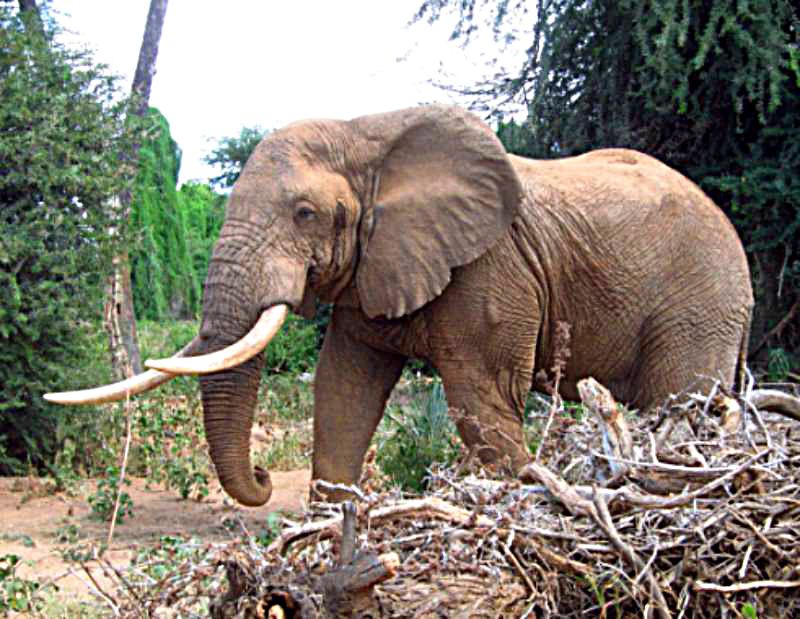
He died peacefully, for causes defined as natural by the experts of the association "Save the Elephant" in the Samburu region, in northern Kenya.
The name they had given him and that he knew he had was Matt, and his age was around 52 years old. Perhaps not the oldest, but certainly the most famous elephant in Kenya.
Until last season it moved for miles from the mountain area of Matthew's Range, on the Lenkikyo Hills, to the reserve of Samburu hunting females to be captured with its charisma of "tusker", one of the great dominant zannuti. Three and a half meters high and weighing 6 tons, very few as majestic and iconic as him.
Matt has appeared in numerous nature documentaries, including BBC's "'This Wild Life" and "Secret Lives of Elephants" and "Nature's Epic Journeys".
The association Save The Elephant, an organization that deals with the protection of pachyderms throughout Africa, also carrying out research and providing scientific information on the habits, behaviors and intelligence of these large animals, has followed much of Matt's existence.
"During his life this magnificent specimen has wandered more than any other Kenyan elephant - says Iain Douglas-Hamilton, founder of the organization - circumventing Mount Kenya from Meru to Laikipia, a continuous ring from east to west of about 245 km. His travels also took him north through Samburu for a distance of 220 km.
The anti-poaching unit of the Rangelands confirmed that the elephant died last Monday.
Matt had been equipped with a GPS collar since 2002 so that researchers could monitor and study his behavior and rangers could protect him from poachers who have killed 10,000 of his peers since Matt followed. But he was able to destroy them and they were reinstalled every time, until the last one in 2016. Despite his size and character as a leader, the Samburu considered him peaceful towards human beings.
WILDLIFE
by redazione

African elephants are starting to be born without tusks, as a genetic protection to avoid being killed by...
WILDLIFE
by Leni Frau
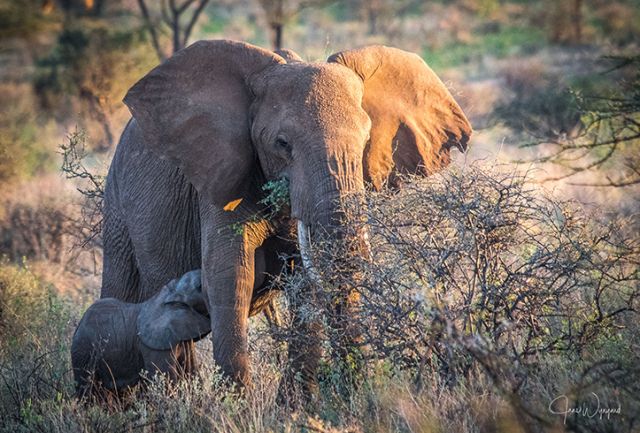
The story of the matriarch Monsoon, a female elephant from the Samburu region, is one to be told, to...
PLACES
by Leni Frau

A stay at Saruni Mara is not a safari like any other.
First ...
NATIONAL PARKS
by redazione
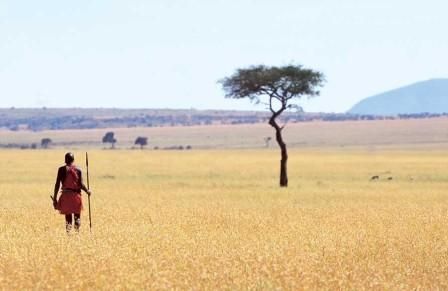
There are 64 parks and national reserves in Kenya, which is the country of the world with the widest variety of animal species in the wildside.
Even the vegetation varies from park to park and with it the microclimate and...
NEWS
by redazione

There is great optimism about the possible influx of tourists from all over the world into Kenya next ...
WILDLIFE
by redazione
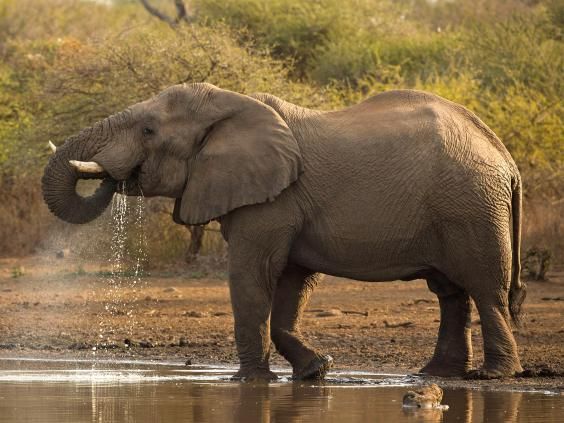
Fighting against poaching and the international ivory ban are yielding their fruits: in three years the number of elephants in Kenya has increased almost 15 percent (14.7 for precision).
The announcement was made by the Kenya Wildlife Service, thanks to the...
ITALIANS IN KENYA
by Freddie del Curatolo
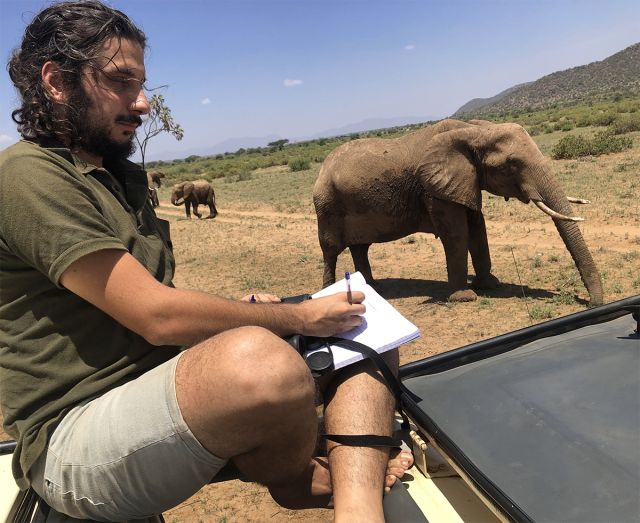
WILDLIFE
by Leni Frau
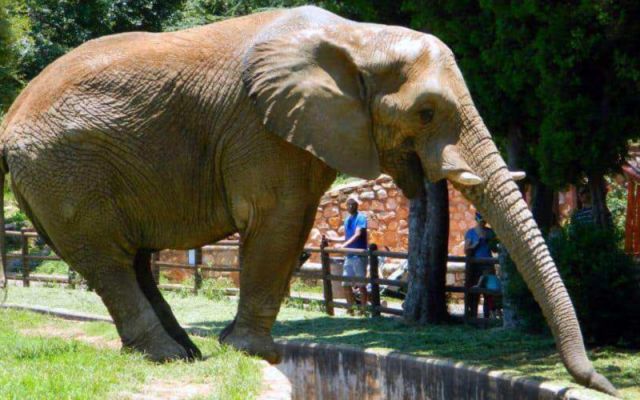
Fortunately for elephants, as it seems for most animals, there are no delta variants and if they do travel...
NEWS
by redazione
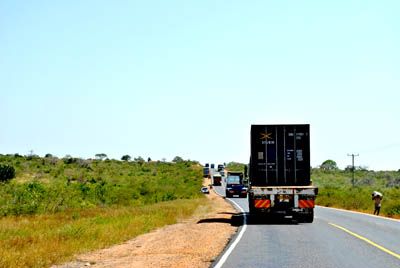
The highway that connects Malindi to the Tanzanian border, that is, to Lungalunga Customs, is no longer just an idea.
The 4-lane route that will connect on one side to the existing beautiful roads leading from the Tanzanian border to...
WILDLIFE
by Leni Frau

He was one of Tsavo's "Super Tuskers." Lugard, an iconic elephant with huge tusks and regal bearing, also...